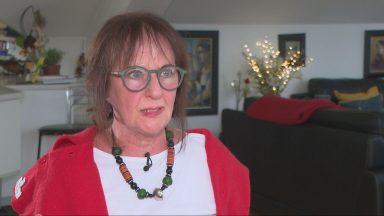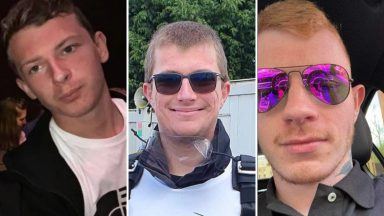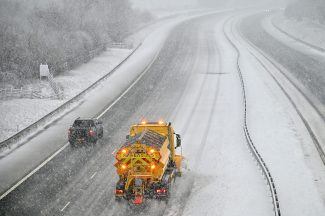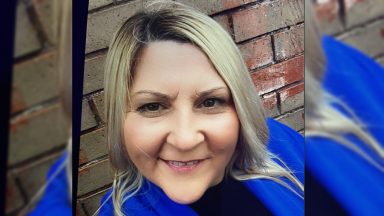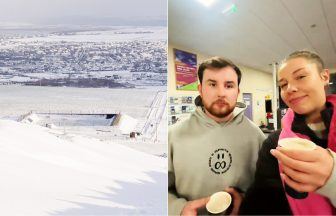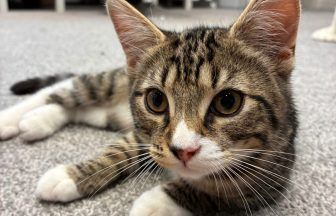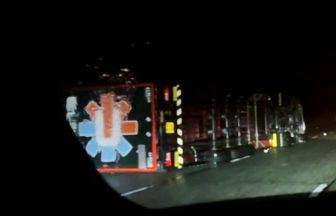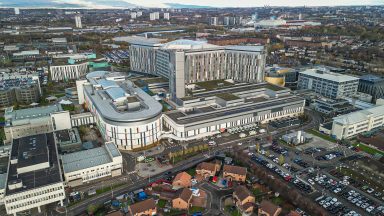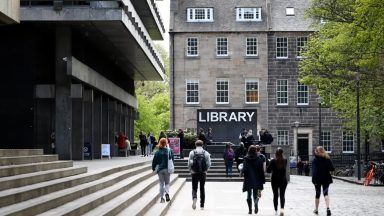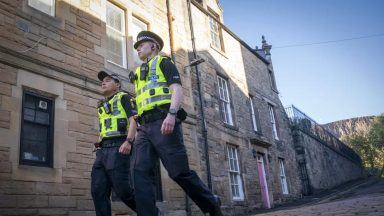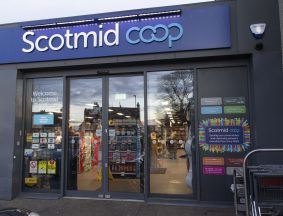A report into Scotland’s connections with slavery has revealed nearly 50 National Trust properties with links to the trade.
In what has been hailed as a first step towards bringing to light the vast wealth supported by enslavement in the country, the Facing Our Past project identified buildings, estates and collections directly or indirectly linked with slave-owning.
Following the abolition of slavery in the British Empire in 1833, the government agreed to a compensation scheme for those affected.
It did not compensate the enslaved, but those that had owned them.

Borrowing the equivalent of £2bn today to pay out to owners, the taxpayer debt was only paid off in 2015.
“For those Scots who were awarded compensation, it could be a life-changing sum, enabling them to acquire property and land or to enhance what they already owned,” said Dr Jennifer Melville, the project’s leader.
“Following the payouts from the slave compensation scheme, many properties were lavishly enhanced.”
When the project began in 2020, the National Trust for Scotland was aware of around 20 properties around the country that had connections with slavery. That number has now more than doubled to 48.
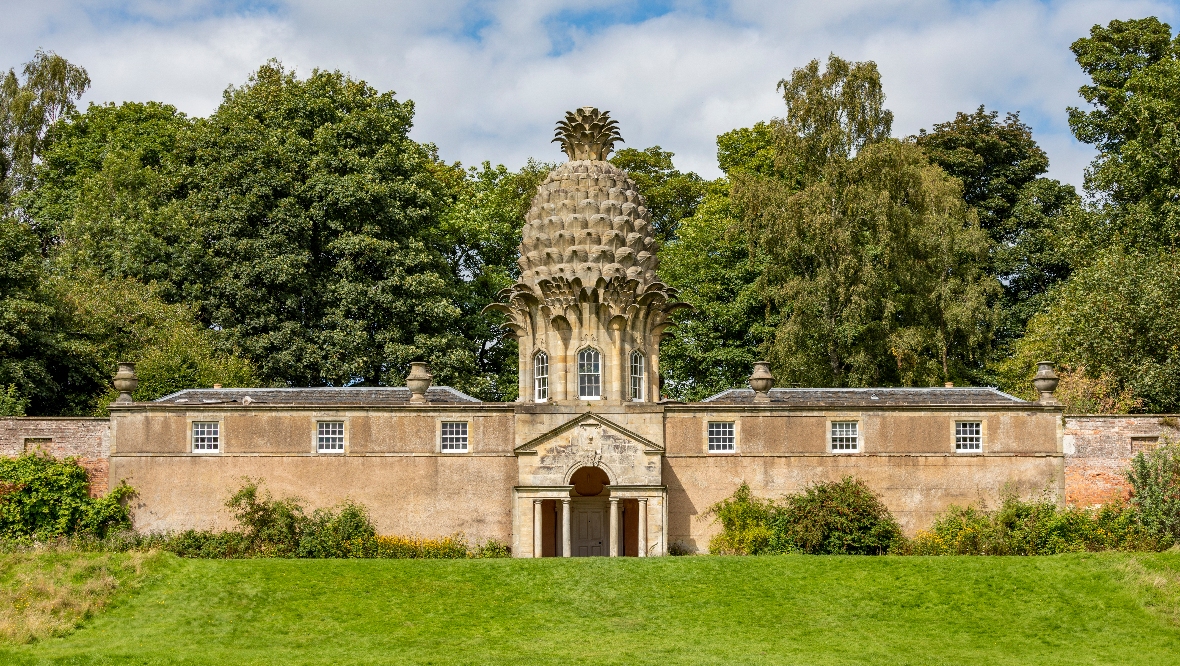 iStock
iStockBrodick Castle, the First Minister’s residence Bute House, Culzean Castle, The Pineapple, and Pollok House are among the places with long-running links with profits from the trade of humans.
Sir Geoff Palmer, professor emeritus at Heriot-Watt University, said it represented a “radical change”.
“I noticed in Edinburgh, a National Trust advert that said, ‘go and visit Inveresk Lodge, a peaceful restful garden’, and I thought, Inveresk Lodge was home of James Wedderburn, a notorious slave owner in Jamaica,” he said.
“At that point it was seen as a peaceful garden, now the Trust has produced a document describing how the house is the profit of slavery.”
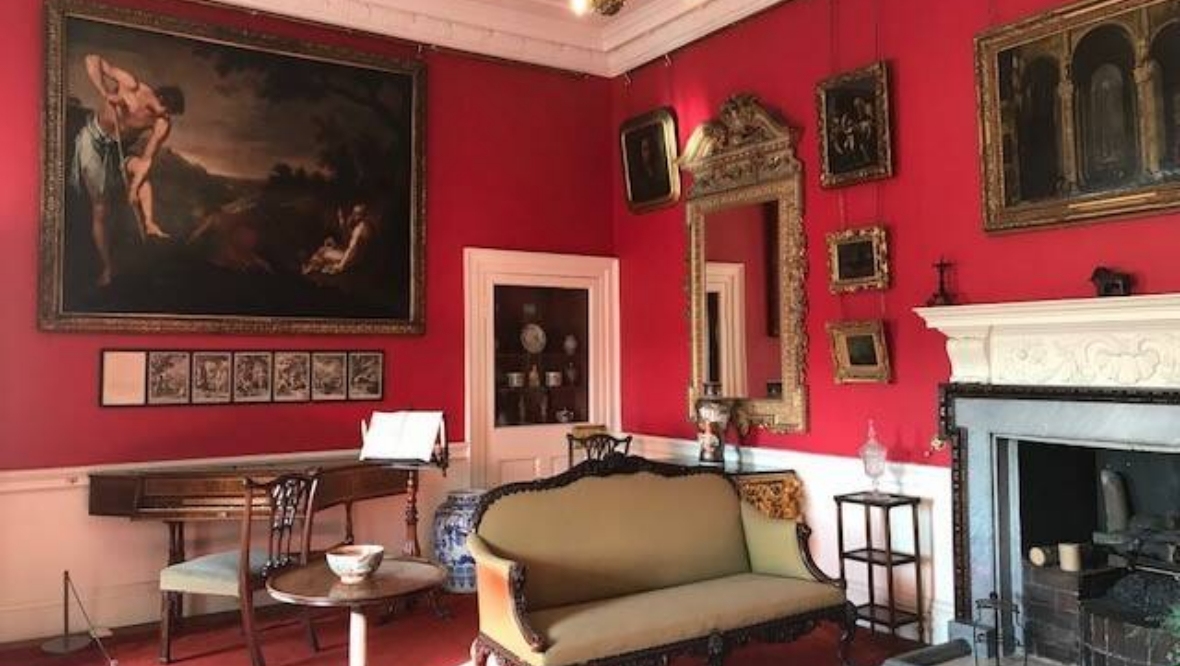 National Trust for Scotland
National Trust for ScotlandSir Geoff said the project would allow Scots to look at their own history and come to terms with it.
The full report can be found on the National Trust for Scotland’s website.
Follow STV News on WhatsApp
Scan the QR code on your mobile device for all the latest news from around the country


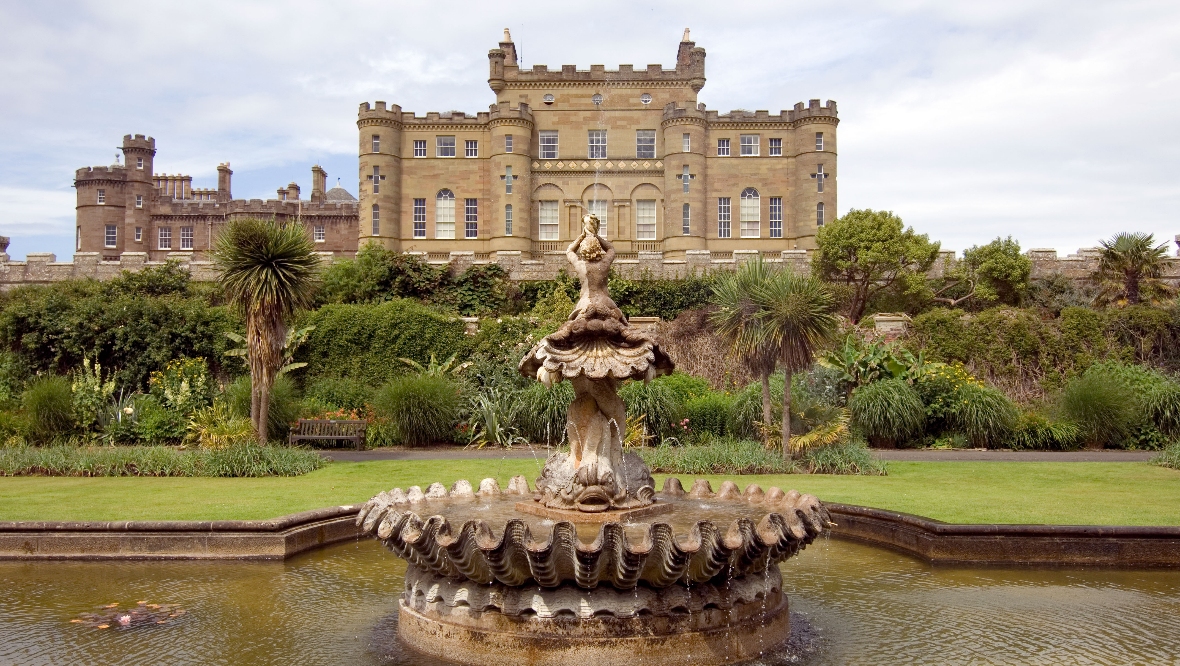 iStock
iStock

